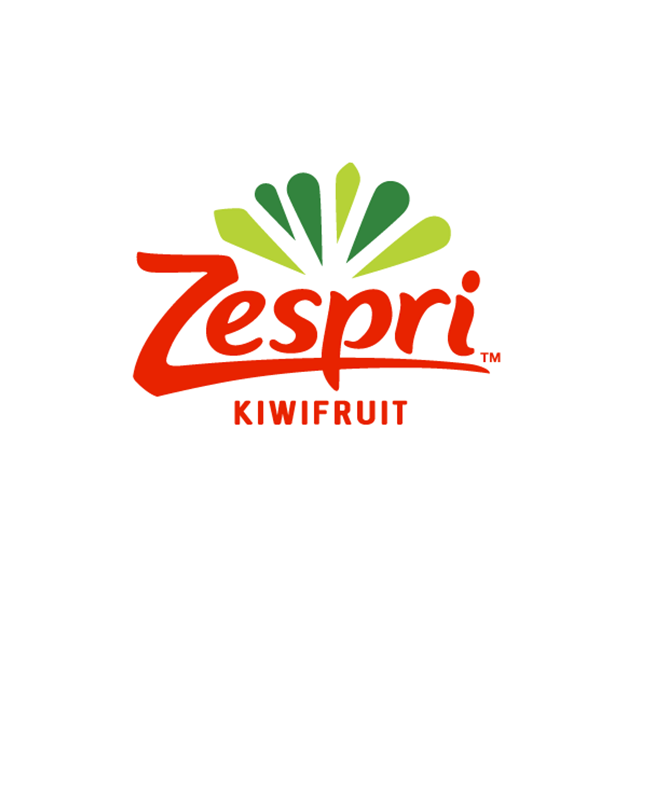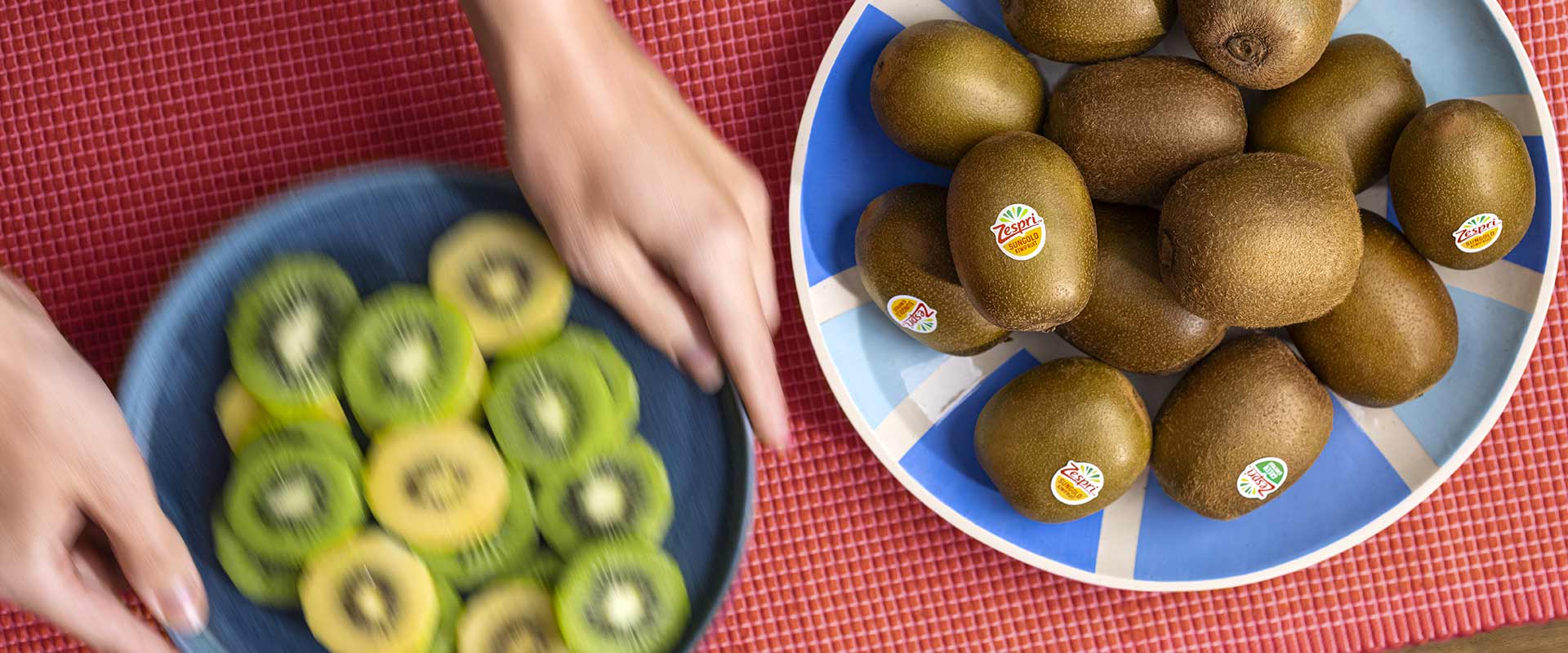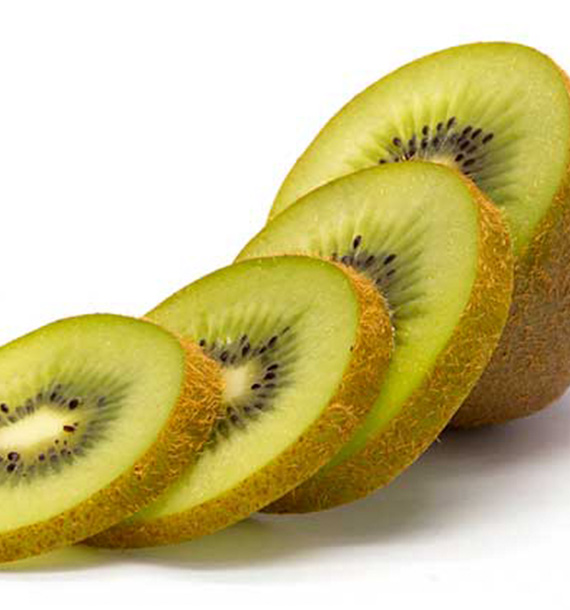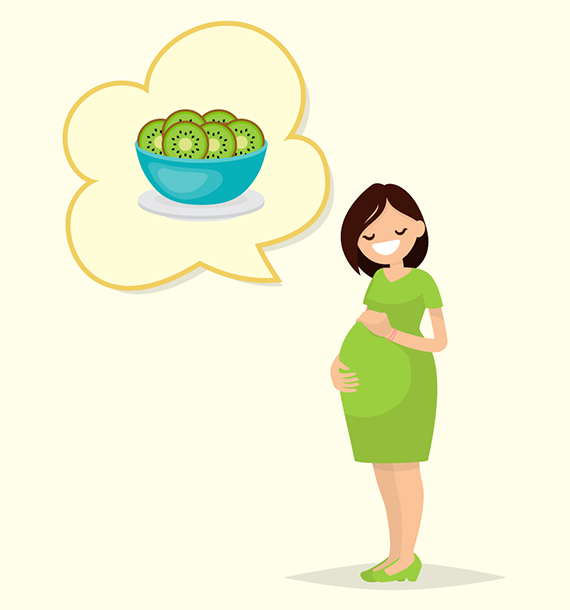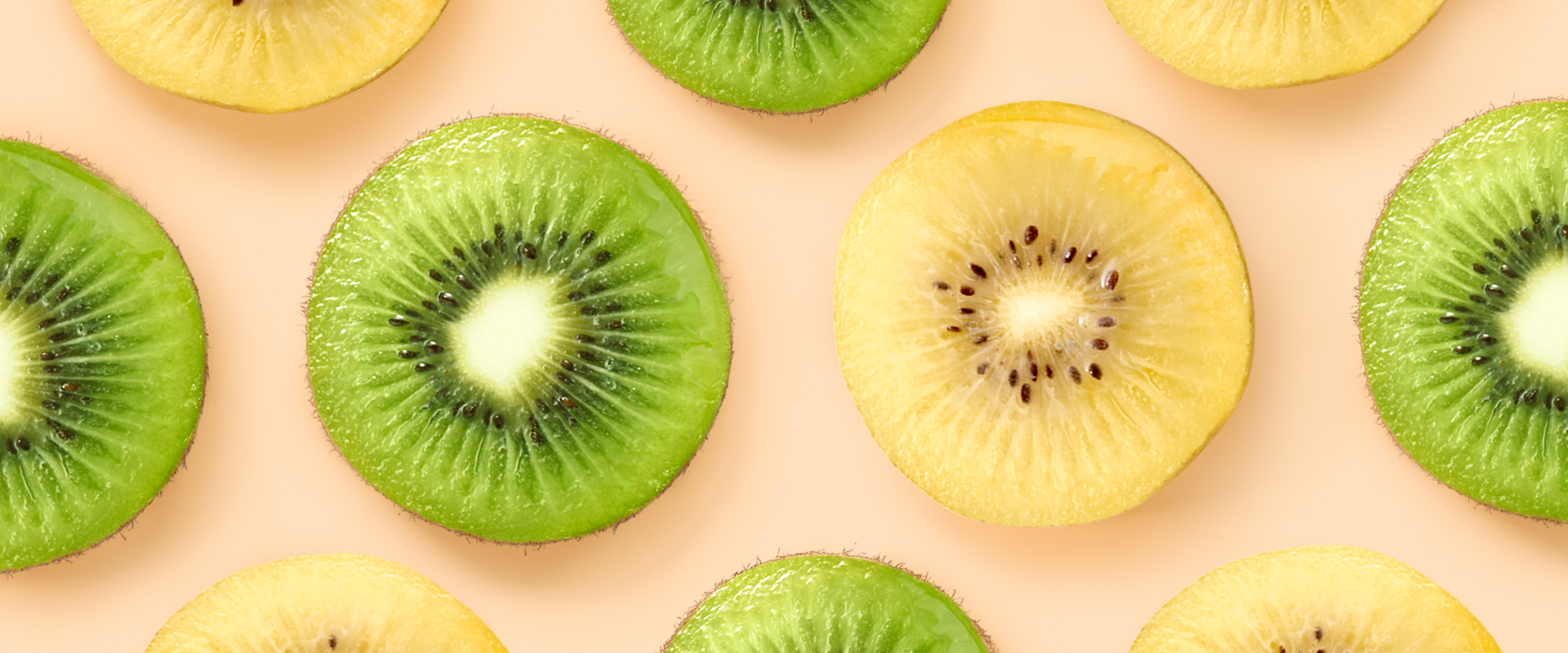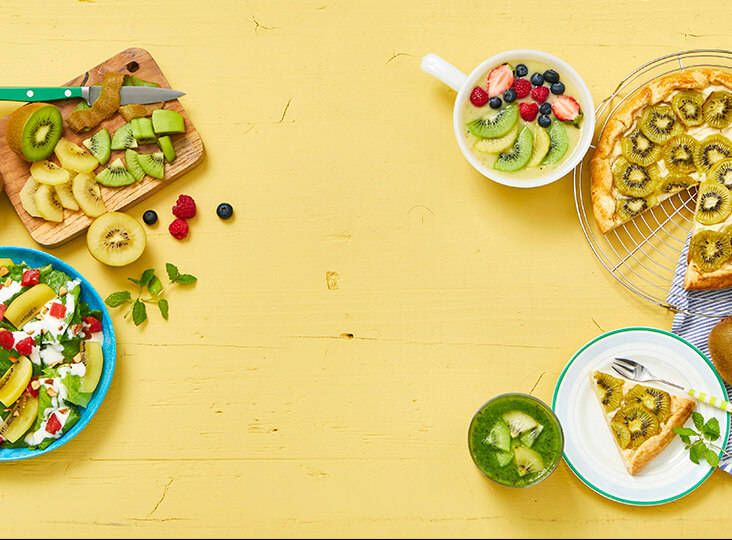Why kiwifruit is a diabetic-friendly choice
-
Zespri SunGold kiwifruit
-
Vitamin C
-
Zespri Green kiwifruit
-
Over 65
-
Diabetes
-
Blood Glucose Control
-
Potassium
-
Folic Acid
Sweet treats, including fresh fruits, are often seen as a no-no for those with diabetes or pre-diabetes. But can diabetics eat kiwifruit? Yes! In this blogpost we’ll explain exactly why kiwifruit can be a good choice for diabetics. And don’t worry if you sometimes feel overwhelmed by all the different sources of nutritional advice that exist out there for diabetics. The internet loves to tell us what we can and can’t eat – so we’ve picked out the actual facts you can trust. Keep reading to find out more!
Why might kiwifruit be a good choice for diabetics?
If you’re diabetic, you are probably always on the lookout for hidden sources of sugar in your daily diet. Like all fruits, kiwifruit contains natural sugar, which does contribute to your daily intake. However, kiwifruit can help regulate your blood sugar in two important ways1-2. Firstly, it has a low glycaemic index (we explain what that means below). Secondly, it can lower the rate of glucose uptake from other foods. Two great reasons to keep including kiwifruit in your diabetic diet!
Kiwifruit has a low glycaemic index
The glycaemic index (GI) ranks foods according to how they affect blood sugar levels. High GI foods (70 or more) are rapidly digested and absorbed and cause a sharp increase in blood sugar levels. These types of foods, which include white bread, doughnuts, and sweet drinks, should be limited if you have diabetes. Low GI foods (55 or less) are more slowly digested, absorbed, and metabolised. As a result, they cause a lower and slower rise in blood sugar. These types of foods, which include fresh fruits, vegetables, whole grains, and legumes (beans, peas, and lentils), are all good choices for diabetics.
Quiz time!
What is the glycaemic index of ZespriTM kiwifruit?
a) Between 85-88
b) Between 70-73
c) Between 57-60
d) Between 48-51
If you answered D, congratulations! ZespriTM Green kiwifruit has a GI of 51, whilst ZespriTM SunGoldTM kiwifruit has a GI of 48. Low GI foods are those with a glycaemic index less than 55, which means that both varieties fall into this category. Plus, kiwifruit is also one of the most nutritious fruits you can eat! Find out about all the health benefits of green and yellow kiwifruits here.
Kiwifruit can lower the rate of glucose uptake from other foods
A recent scientific study2 has shown that eating kiwifruit with a cereal-based breakfast can significantly slow the uptake of sugars in your blood stream. This is thought to be due to the high fibre content of kiwifruit*. The good news is, there are lots of delicious breakfast recipes you can prepare with kiwifruit. For example, have you tried kiwifruit with yoghurt and granola? It’s one of our favourite ways to start the day. Just make sure you choose a low sugar granola – or even better – make your own! Discover our own version of homemade granola breakfast trifle here.
* ZespriTM Green kiwifruit contains 4.3g of fibre per 100 kcal.
Kiwifruit is a low-calorie choice for diabetics

As we said above, all fruits contain natural sugar. However, per 100g, kiwifruit is a far healthier and lower calorie choice compared to other sweet treats. One Zespri™ SunGold™ kiwifruit contains an average of 48.4 kcals, whereas one Zespri™ Green kiwifruit contains an average of 49 kcals*. That means kiwifruit is a smart choice for those with diabetes. You can include them in your breakfast, as a snack during the day, or make them the star of your main meal. There are plenty of diabetic-friendly kiwifruit recipes out there to explore – the only limit is your imagination! Take a look at some of our favourite snack and meal ideas here.
*Calorie estimations based on average kiwifruit weights: 89.7 g for Zespri™ SunGold™ and 92.5 g for Zespri™ Green
Kiwifruit can satisfy a diabetics sweet tooth

When you are trying to control your blood sugar, it can feel like temptation is everywhere. That’s why it is a good idea to have healthy, tasty snacks on hand when cravings begin. Kiwifruit doesn’t only taste delicious but is bursting with vitamins and minerals including fibre and vitamin C. And if you’re looking for something sweet – don’t forget about the moreish yellow kiwifruit variety! By choosing kiwifruit as a snack, you don’t have to deny yourself all treats when you have diabetes or pre-diabetes. In fact, by making smart choices you can help to regulate your blood sugar during the day. Fans of the mighty kiwifruit rejoice!
Combining kiwifruit with other healthy diabetes habits
Controlling diabetes is not just about what you eat. Here are some other lifestyle tips that might help:
1. Do some gentle exercise every day. A gentle stroll around the park (with a kiwifruit or two in your pocket!), a yoga class or even an hour of cleaning the house can all help regulate blood sugar levels.
2. Reach out to the diabetic community. You might find it helpful to talk to other people with diabetes about how they manage their diet and lifestyle. Not only will they understand the daily challenges you are going through, but they might have some excellent advice up their sleeves!
3. Set realistic goals. Monitoring what you eat everyday can be difficult. If you have a bad day, try not to let it get you down. Talk to your healthcare professional – they can help you get back on track and talk to you about the best ways to manage your diabetes. Don’t forget, tomorrow is a new day and a chance for a fresh start!
Sources
1. Monro J: Kiwifruit - a double agent for glycaemic control and nutrient enhancement: 1st International Symposium on Kiwifruit and Health. Tauranga, New Zealand 2016
2. Mishra S, Edwards H, Hedderley D, Podd J, Monro J. Kiwifruit Non-Sugar Components Reduce Glycaemic Response to Co-Ingested Cereal in Humans. Nutrients [Internet]. November 2017 [cited 9 July 2018]; 9(11). Available at: https://www.ncbi.nlm.nih.gov/pmc/articles/PMC5707667/
